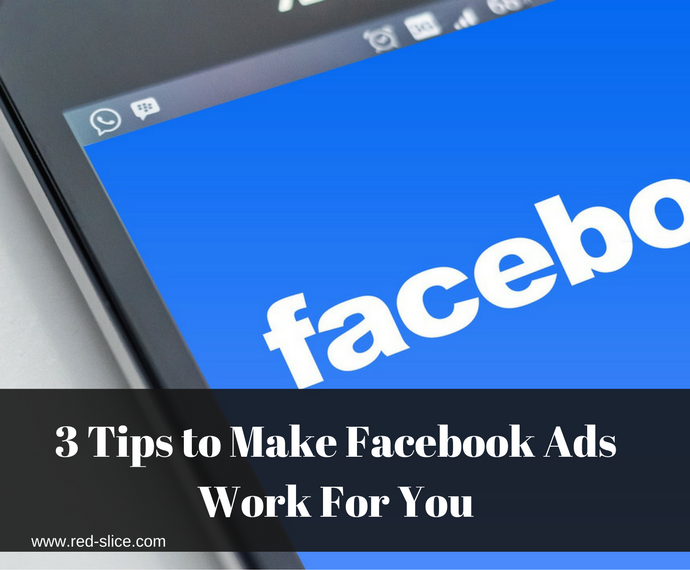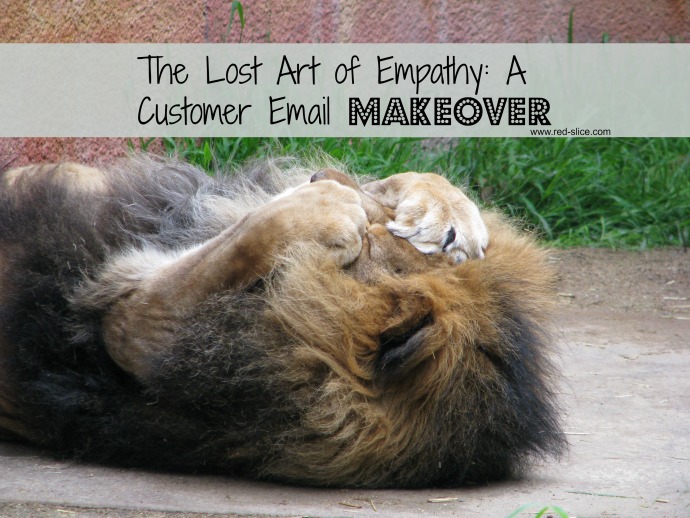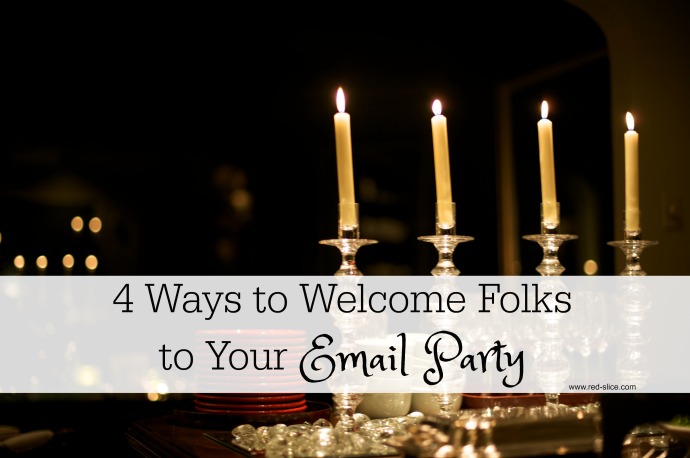Social media offers fantastic opportunities to increase your brand visibility, drive sales and build an audience. For those who do it well, you can get away with using the platforms for free and accomplishing all your goals.
There are lots of experts who can help you do this well, such as Lilach Bullock, Jay Baer, and Amy Porterfield. But they will also educate you that investing some money into the process through ads or promotions can exponentially increase your reach and grow your audience.
In the past few years, I’ve experimented with Facebook ads to boost my brand and increase sales. While I would never claim to be a Facebook expert, I’ve learned three incredibly important lessons about how to make Facebook ads work for you.
3 Tips I’ve Learned Firsthand About Making Facebook Ads Work
- Use Facebook Ads to Build Your List, Not Just Sell: Nordstrom can get away with simply offering a cute pair of red stilettos in their ad and having people click “Buy!” (ahem…guilty) That’s because it’s a product and I know their brand well. Initially, my old school advertising background kicked in and I mistakenly thought that I, too, could just promote a paid program in my ads and it would work. No. Even if you think your product is competitively priced, people may not know you yet…and you’re invading their personal News Feed with your ads. So, yeah, you’ve got to build trust. Duh. Using Facebook ads to promote a free offering FIRST (a cheat sheet, webinar or the like) works much better to pull people into your orbit and onto your list. You can then nurture them and create warm leads for when you’re ready to make the ask. Drive folks to a specific blog post (and offer a free download they can sign up for when they get there), offer a free guide or access to training videos. Anything they can easily sign up for with no risk.
- Create a Marketing Funnel for Your Campaign: Social media does not work, as mentioned, for most unknown brands as AD = SALE. Plan the journey you want prospects to take. Perhaps you build a campaign to launch a new coaching program that includes: A) Free guide, B) Free webinar or Facebook Live event and C) Free consult. Think through the steps and plan ahead.
- Leverage Lookalikes and Retargeting: Facebook has such cool features that enable you to laser-focus on your ideal client or customer. Mapping out who they are in crisp detail will make your ad efforts (in any medium, I might add) way more effective, trust me! Facebook allows you to create lookalike audiences of your existing email list and also retarget in many ways, including: website visitors, people who downloaded your previous offer or those who attended your last Facebook Live.
Once I learned these lessons, my Facebook ad results matched up to my expectations and I’ve gotten much savvier about how to effectively use them.
Now, I have no idea how to voodoo behind Facebook ads work–and I’m not the gal who wants to DIY this type of thing as I have no interest in being a Facebook Ads expert. That’s why I turned to experts to help me, including most recently the FABULOUS Devani Freeman and in the past, Tammy Martin and Gavin Bell. Seriously worth the investment.
With these tips, you can hopefully skip some of the learning curve I had to climb and get to success faster!






